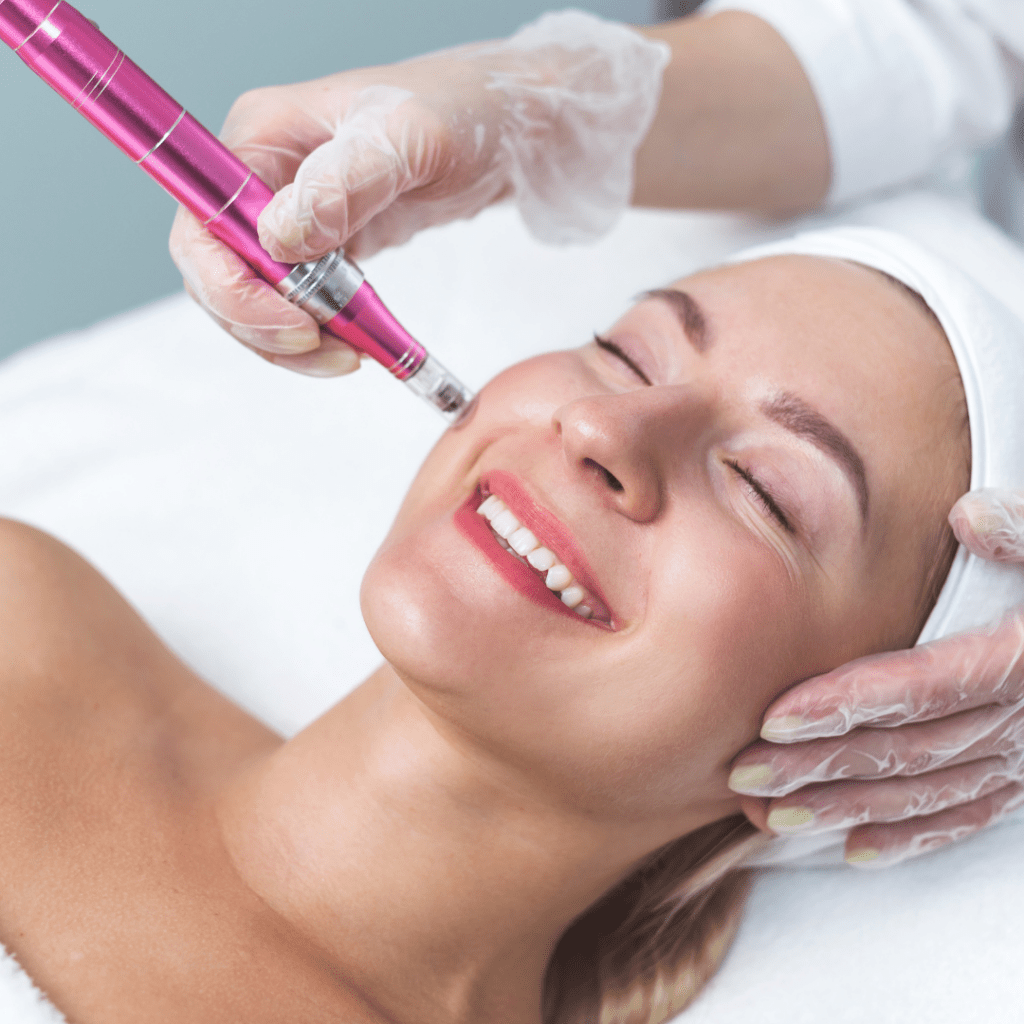
Dermapen is an advanced skin treatment that creates microperforations to boost collagen production and enhance absorption of active ingredients. This virtually painless procedure improves texture, reduces wrinkles, and restores radiance. For optimal results, a series of sessions is recommended.
This website uses cookies to provide you with a better experience. More information